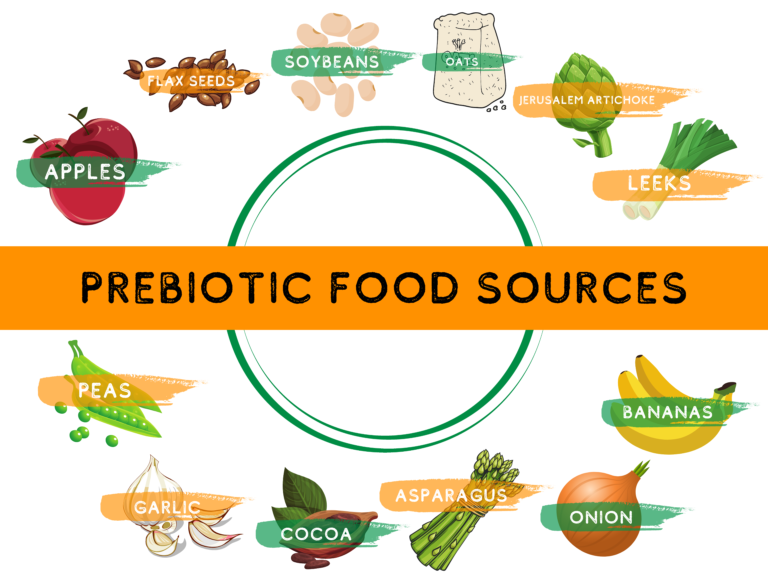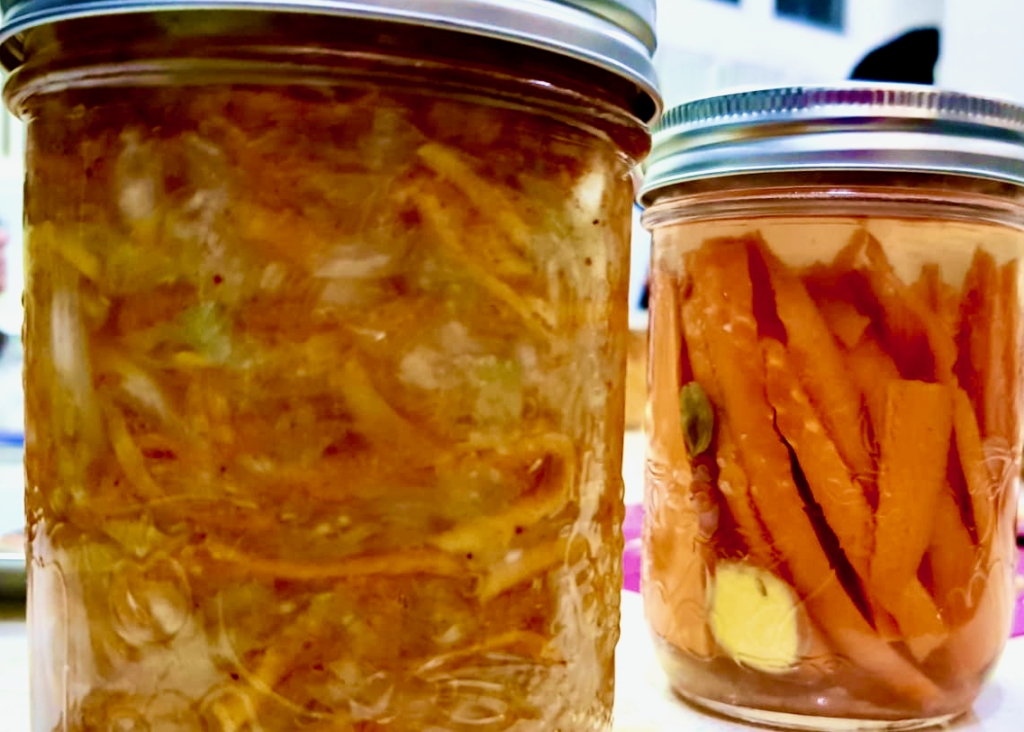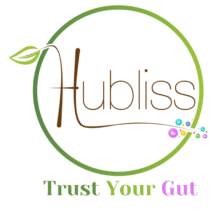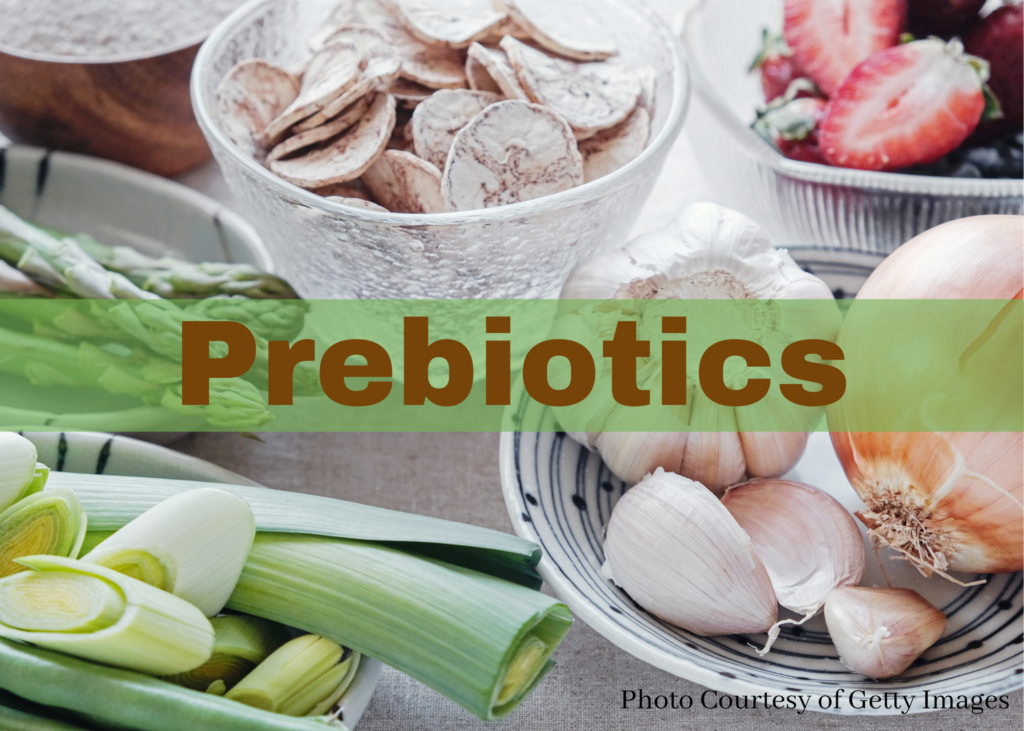Please be advised that this article is only meant to provide general information about gut bacteria, prebiotics and postbiotics. None of this is meant to be a specific recommendation for certain diseases, dysfunctions or symptoms you might be experiencing. Proper supplementation of pre or probiotics should be discussed with a nutrition health professional, naturopath or even medical professional. If you have any questions about any of this information, please contact Hubliss nutrition. We can help!
We’ve talked about probiotics, but now let’s get into the more particular molecules branching to and from probiotics!
To first learn about probiotics, check out our informative blog about it here.
Prebiotics vs Probiotics
Probiotics describe the beneficial (pro) bacteria (biotics) living in our guts that produce vitamins and other beneficial chemicals. Prebiotics are what feed the probiotics. Not at all a type of bacteria itself, prebiotics are a classification of plants made of indigestible fibers that travel intact through the digestive system to the colon, where they feed bacteria living in the small and large intestines. First scientifically defined in 1995, interest and research in prebiotics has come a long way and prebiotics have come to be known as a significant type of fiber and credited with supporting overall health.
We all need support
In a healthy gut, prebiotics feed the probiotic resident bacteria bifidobacteria & lactobacilli, so they thrive and synthesize nutrients and chemicals that keep us healthy. By supporting microbiome health, prebiotics support immunity, digestive health, mineral absorption, metabolism and mental health.
Ingesting prebiotics triggers a more acidic intestinal environment, which enhances the absorption of essential minerals like zinc, magnesium, calcium and iron. They stimulate probiotics to produce short chain fatty acids which nourish the intestinal cells, are anti-inflammatory, anti-microbial and neuro-protective among other things. Prebiotics, specifically fructooligosaccharides (FOS), have been found to reduce triglyceride levels and normalize levels of insulin, protect against colon cancer and along with inulin fibers, are shown to fight back against 8 different disease-causing bacteria microbes including salmonella, listeria, campylobacter, shigella and vibrio.
Prebiotics also greatly assists weight loss by stabilizing blood sugar, maintaining a sense of fullness, increase energy, and helping to clear waste through the colon.
Recommendations
Eating prebiotic foods raw provides the maximal benefits, but most are quite hearty, so their advantages are not destroyed by cooking, refrigeration or being kept at room temperature. Supplements are also resilient to stomach acid, temperature and time.
If you take medications however, it is important to note that prebiotics can decrease their absorption, and vice-versa. So it is advised to space prebiotics from other medications by 2 hours.
For good gut maintenance, it is recommended to take 3-5 grams of prebiotics daily, including plant sources, and some recommend this intake occur 15 minutes after consuming probiotic food or supplements. We at Hubliss have never encountered problems with the typical recommendations of taking pre & probiotics together with a meal, but some recent recommendations have stated that it might be best to take a probiotic first, on an empty stomach, 15 minutes later consume prebiotics on it’s own, then shortly after have a meal. As always though, it all depends on each individual’s microbiome, and is best to talk to your nutritionist, dietician or naturopath.
Most people eating a western diet are not getting anywhere near enough fiber in general, so it may take a special effort to include prebiotic foods, though fortunately there is a variety of delicious foods from which to choose!
When shopping, either for certain food products or even supplements, keep in mind that the term ‘prebiotics’ is not indicated in the ingredients. You may however find them under the following, more specific terms:
- Galactooligodsccharides
- Fructooligosaccharides (FOS)
- Oligosaccharides
- Lactulose
- Inulin Fiber
many familiar foods
Aim for an array of the following prebiotic-rich foods in your diet:
- flaxseed
- soybeans
- legumes
- oats
- apples
- bananas
- peas
- onions
- garlic
- asparagus
- eggplant
- cocoa
- chicory root
- dandelion greens
- burdock root
- wheat bran
- jicama root

“Most people eating a western diet are not getting anywhere near enough fiber in general, so it may take a special effort to include prebiotic foods, though fortunately there is a variety of delicious foods from which to choose!”
Caution: Unsafe work conditions
The downside is that these prebiotic fibers may worsen digestive problems for some people who have imbalanced gut bacteria. People who have symptoms of Irritable Bowel Syndrome (IBS) and Small Intestinal Bacterial Overgrowth (SIBO) may find the symptoms worsen with a full serving of prebiotics. This may cause an individual to suffer abdominal pain, bloating, bowel irregularities and so-on. In some mild cases of any previously mentioned dysfunction, the digestive system will adjust over time with small persistent doses of prebiotics. But if symptoms are severe or you have been advised to avoid high FODMAP foods (certain classification of carbohydrate heavy foods that ferment easily in the small intestine), it is best to work with a knowledgeable nutritionist to inoculate your gut with probiotics such as bifidobacteria first, then carefully rotate in other pro & prebiotic foods and/or supplements to help achieve your health goals.
Wait...MORE biotics?
As research on the structure and organisms involved in the beneficial gut bacteria continues, more is being found out about Postbiotics. The explanation is quite simple:
Prebiotics are the food for probiotic bacteria, and postbiotics are the ‘waste’ probiotics produce after being fed.
Technically, postbiotics are the soluble fiber substances left in food from the bacteria used to ferment that food. These substances are thought to be very beneficial; to the body, however, there are not enough studies and articles detailing postbiotics and their benefits.
Postbiotics have yet to find as much support as probiotics, and further studies are needed before official recommendations for postbiotics can be made for health.
Here’s what we know:
- Prebiotics are not bacteria, but actual indigestible plant fibers that are able to travel to the large intestine undigested, and feed the gut bacteria present in the GI tract
- The acidic environment within the digestive tract triggered by prebiotics enhances the absorption of Zinc, Magnesium and calcium
- Prebiotics have the ability to stabilize blood sugar, promote the feeling of satiety, and increase energy levels
- Postbiotic bacteria is present (along side probiotics) in foods that are fermented by live bacteria such as Kimchi, kefir, sauerkraut and yogurt
- Postbiotics include vital nutrients such as Vitamin K, amino acids, serotonin and acetylcholine, and short chain fatty acids like butyrate, which help repair the lining of the gut
- Research results have some believing that postbiotics, along with pre & probiotics, help contribute to good but bacteria levels and lowered inflammation throughout the body

We at Hubliss believe a healthy gut includes pre and probiotics daily. Good quality unpasteurized fermented foods and organic vegetables from the list above are a fantastic source of this, but if these foods are not possible to consume daily, we advise supplementation for optimal health. As the jury is out on postbiotics at this point, we would recommend consistently consuming the foods listed above along with probiotic foods and/or supplements. For those of you with disrupted gut function, or you have more questions about specific bacterial requirements for the body, we invite you to contact us at Hubliss for more information and to see if you’d like to work with our nutritionists to resolve our specific imbalances.
For more information on prebiotics, probiotics and postbiotics, check out these great online articles. Some are scientific articles, and would require a little bit of patience to read through completely.
https://www.ncbi.nlm.nih.gov/pmc/articles/PMC6801921/
https://www.nature.com/articles/d42473-020-00552-8
https://microbialcellfactories.biomedcentral.com/articles/10.1186/s12934-020-01426-w

